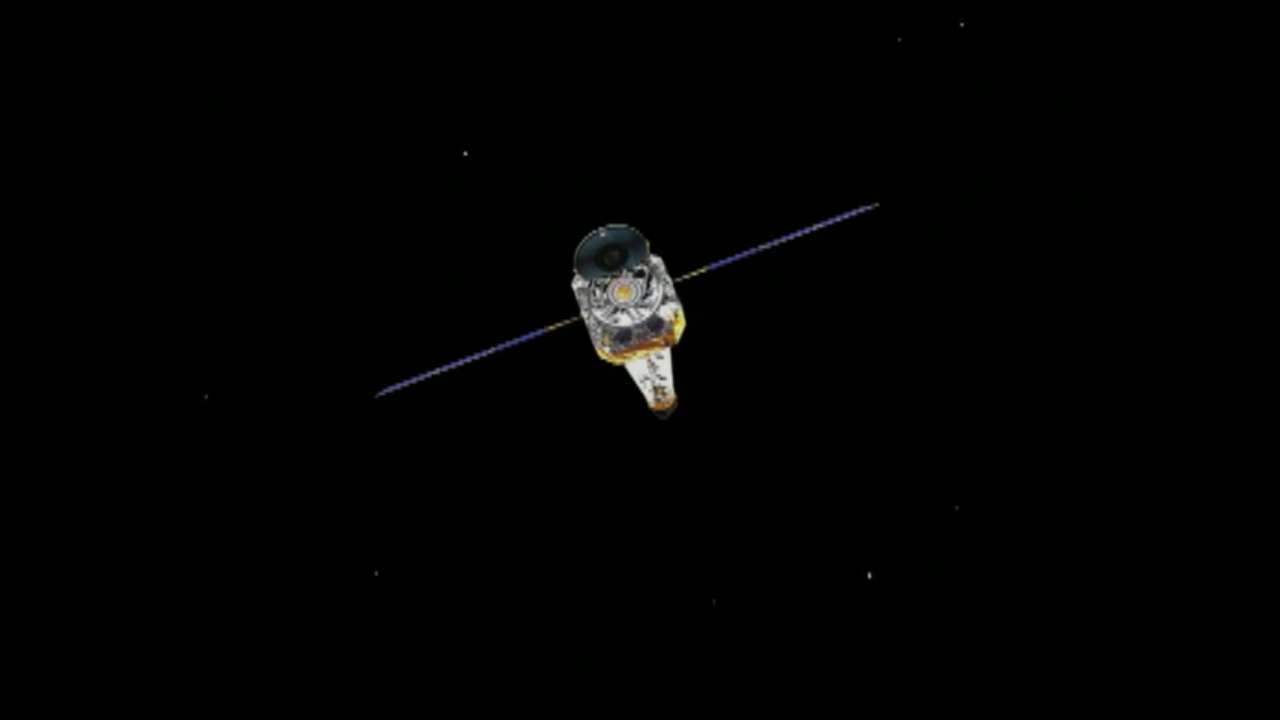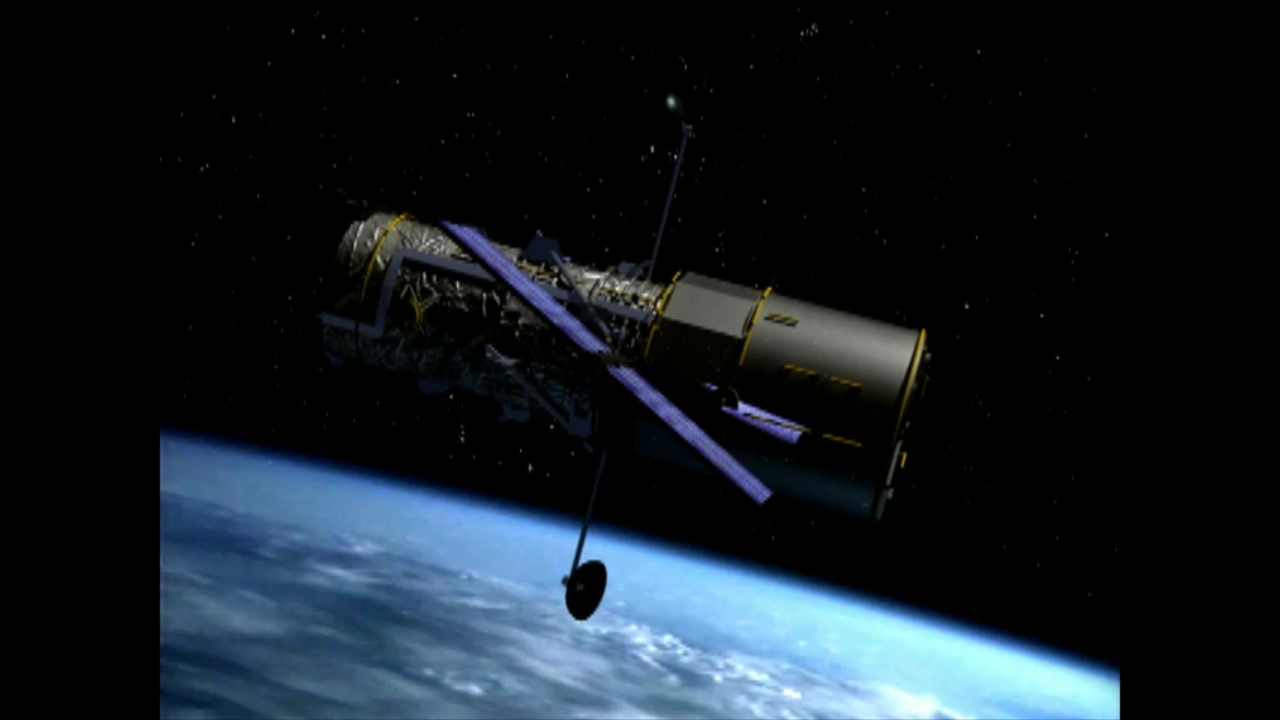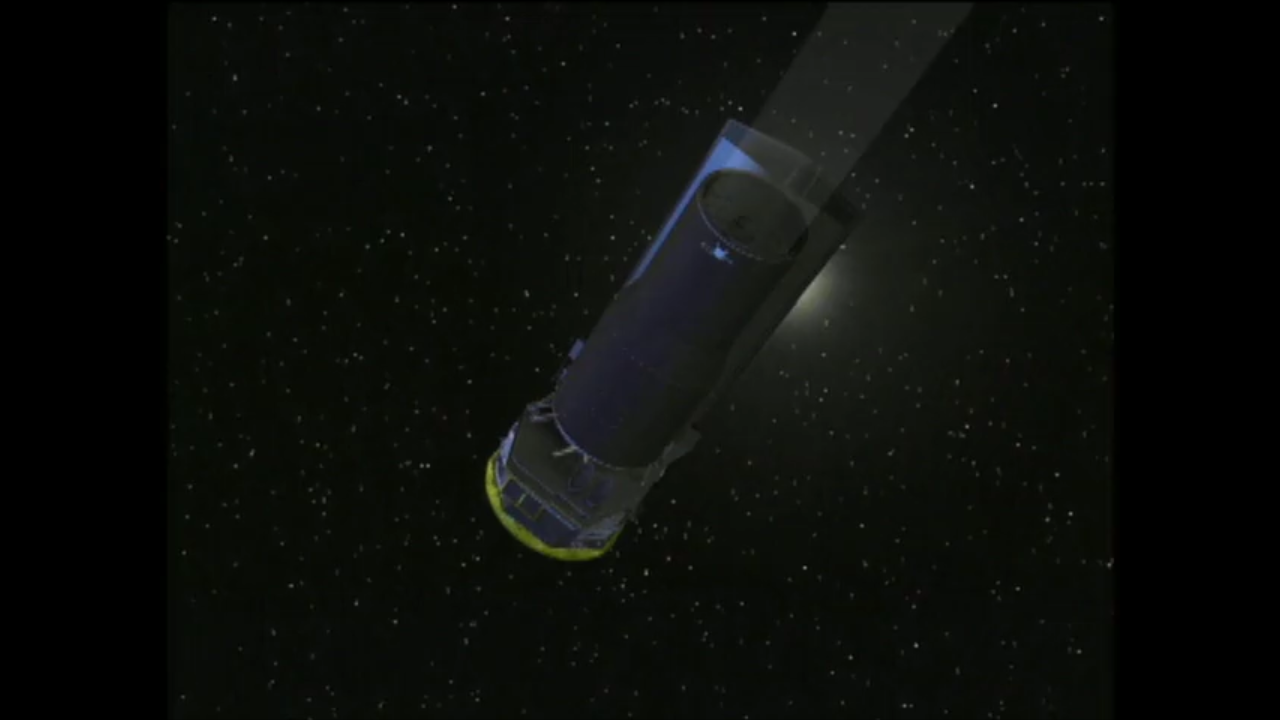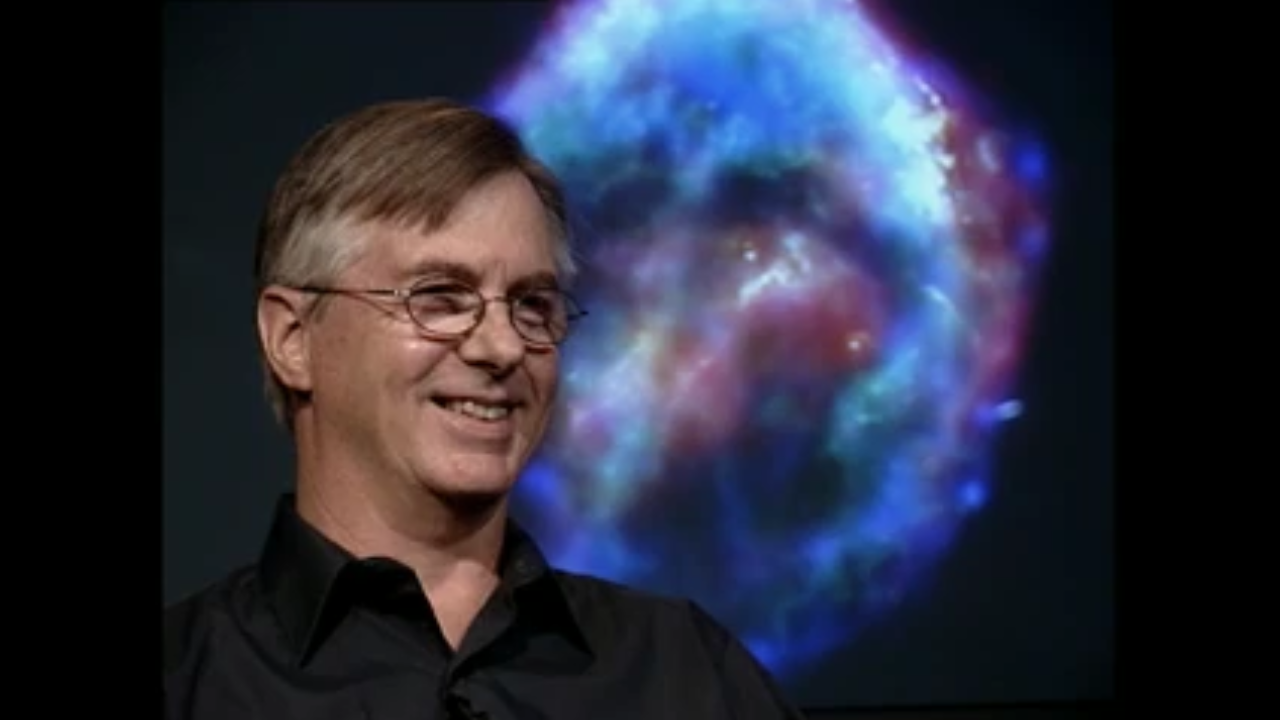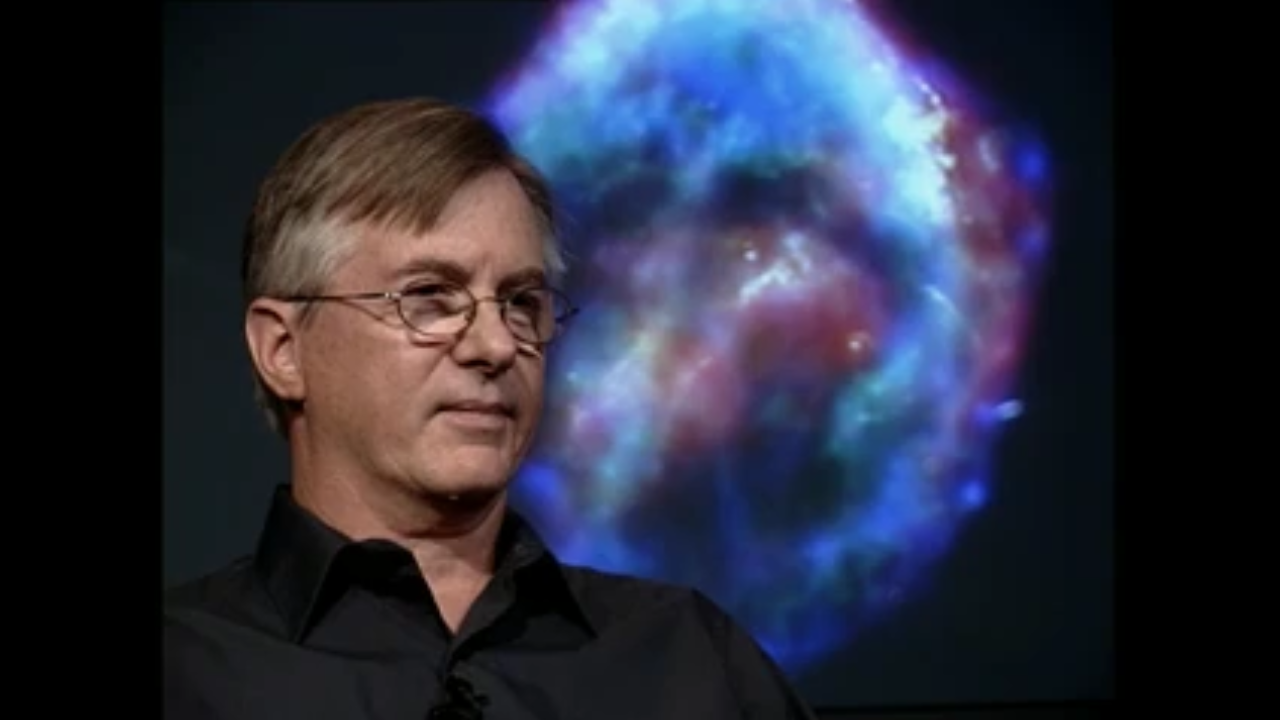1 min read
Supernova Explosion
- Release DateOctober 6, 2004
- Science ReleaseNASA’s Great Observatories May Unravel 400-Year Old Supernova Mystery
- CreditNASA and A. Hobart (CXO)
Related Images & Videos
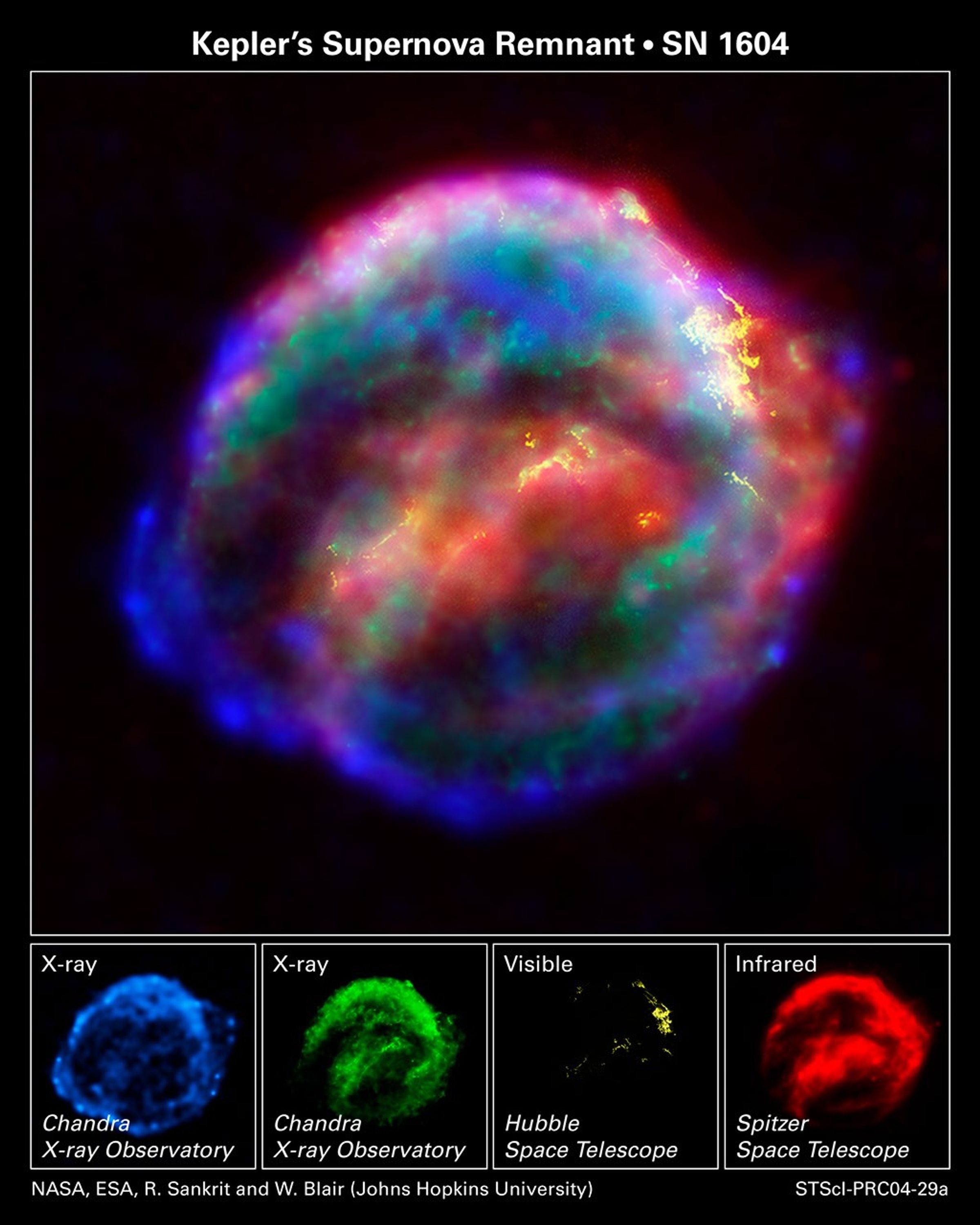
NASA's Great Observatories Provide a Detailed View of Kepler's Supernova Remnant
NASA's three Great Observatories - the Hubble Space Telescope, the Spitzer Space Telescope, and the Chandra X-ray Observatory - joined forces to probe the expanding remains of a supernova, called Kepler's supernova remnant, first seen 400 years ago by sky watchers, including...
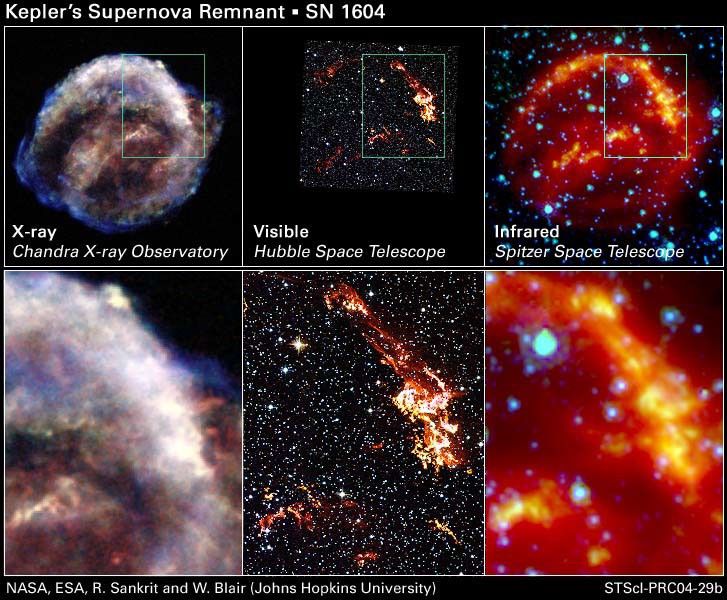
Kepler's Supernova Remnant: Views from Chandra, Hubble, and Spitzer
These images represent views of Kepler's supernova remnant taken in X-rays, visible light, and infrared radiation. Each top panel shows the entire remnant. Each color in this image represents a different region of the electromagnetic spectrum, from X-rays to infrared light. The...

Shock Wave in Kepler's Supernova Remnant
Detailed knots and filamentary ribbons of glowing gas are apparent in this Hubble Space Telescope image of Kepler's supernova remnant. This image was taken with Hubble's Advanced Camera for Surveys (ACS) in August 2003. Filters onboard Hubble isolate visible light emitted by...
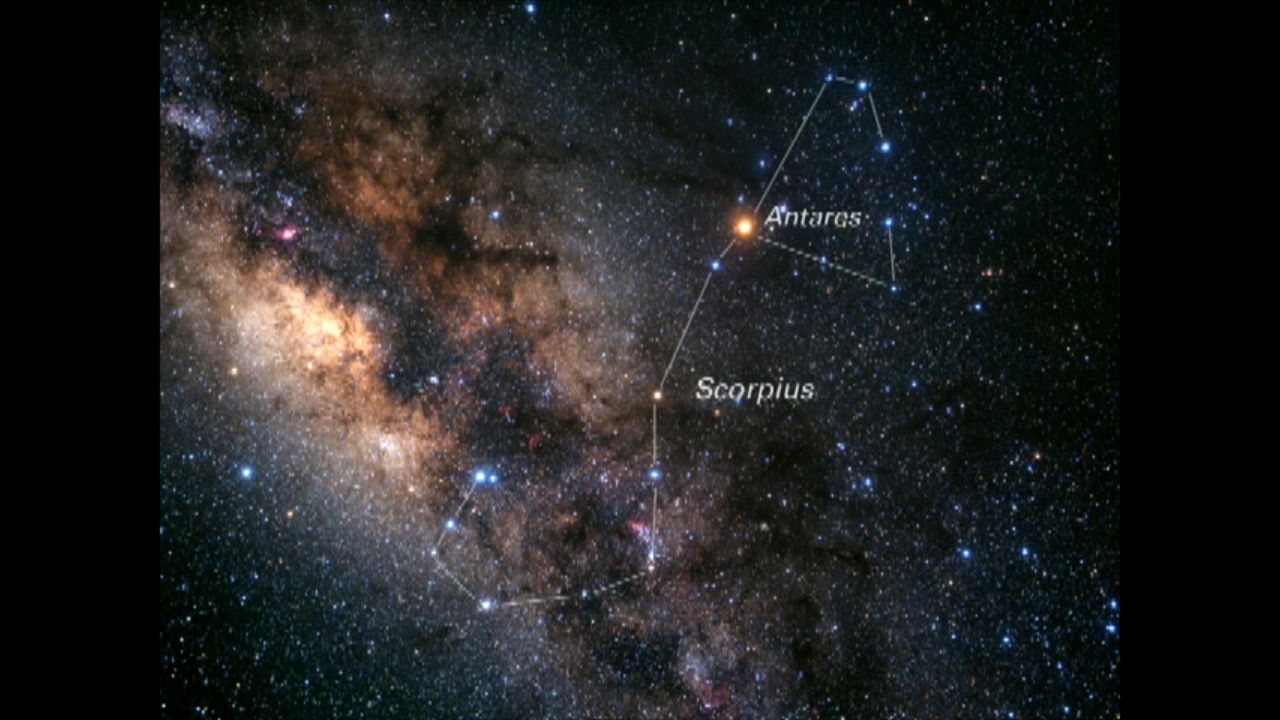
Zoom-In to Kepler's Supernova Remnant
This "zoom" starts in the Scorpius constellation and pushes through deeper and narrower telescopic fields to at last reach Kepler's supernova remnant, a composite of images from NASA's Chandra X-ray Observatory, Hubble Space Telescope, and Spitzer Space Telescope.

Chandra, Hubble, Spitzer Composite View of Kepler's supernova
The composite view of Kepler's supernova splits into its three components: blue-green for Chandra, yellow for Hubble, and red for Spitzer. Each observatory's full image is then shown for side-by-side comparison, beginning with Chandra, then Hubble, and finally Spitzer.
Share
Details
Claire Andreoli
NASA’s Goddard Space Flight Center
Greenbelt, Maryland
claire.andreoli@nasa.gov




































